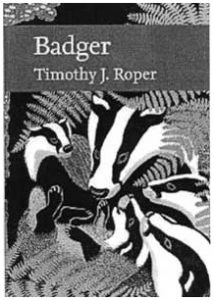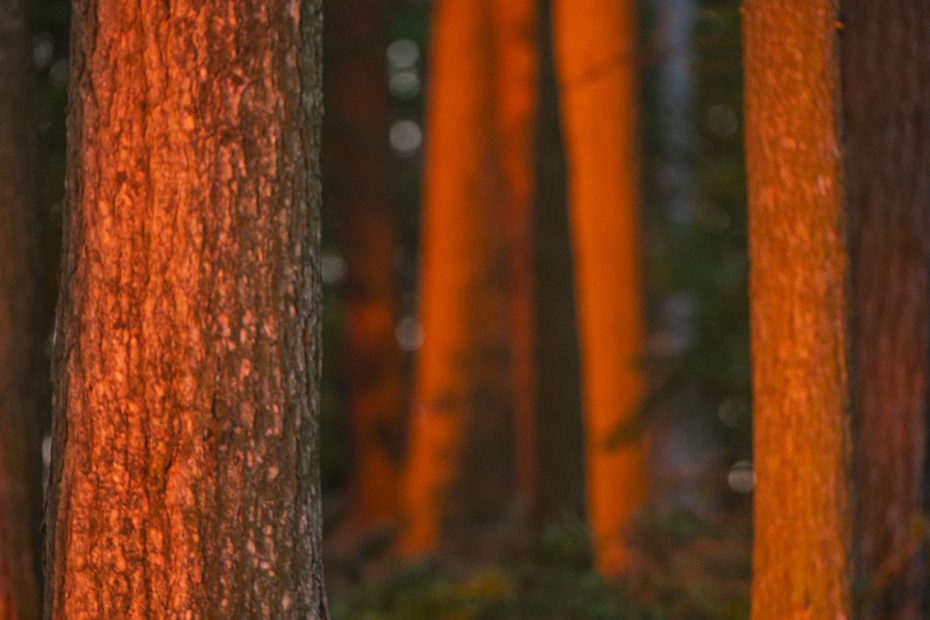Badger Facts
BADGERS - THE FACTS
The badger’s coat appears darker grey in summer and lighter grey in winter when it is thicker. Rarely it is gingery or white. Hairs from a badger’s body are very distinctive and can be found caught on barbed wire. Badger hairs appear white or whitish (brownish in a sandy area). They are about 7-10 cm long, have a short white tip, then about 2cm is black and are pale close to the skin. Badger hairs can be straight or quite curly and are coarse – Fox or rabbit hairs are fine and soft. Badger hairs are oval, you need a microscope to see it but if you roll a hair between your thumb and finger, it does not roll smoothly.


Badger paw prints have a broad kidney-shaped pad and 5 toes in an arc around the pad – dogs, foxes and cats have 4 toed prints. Sometimes the smaller toe does not show, so its print only shows four toes. Badger claws are long and strong.The front paws of an adult badger range from about 4.5 cm to 6.5 cm across for a large boar. A young badger’s paws are smaller. Badger’s back paws are usually slightly smaller and narrower than the front ones. Sometimes badgers appear to leave prints with 8-10 toes – the walking badger has placed its back feet almost exactly on top of where it placed its front feet, showing two sets of prints one on top of the other.
Being shy animals, badgers are rarely seen and usually only appear after dark. Badgers have acute hearing and a strong sense of smell but their eyesight is not good. If you want to observe badgers wear dull clothing, then sit or stand quietly still, downwind from a badger sett, with your back to a tree or bush. The time they emerge will vary, generally be in position by sunset but you will quickly learn the habits of your particular sett – be patient.


Michael Clark’s book ‘Badgers’ published by Whittet Books.
Timothy Roper’s new successor to Ernest Neal’s book ‘Badger’ published by Collins.* Michael Wood’s new book ‘The Badger’ published by The Mammal Society.*
Obtain the following from secondhand bookshops or internet sites:
Ernest Neal’s book ‘The Badger’ published by Collins and Penguin.
Ernest Neal and Chris Cheeseman’s book ‘Badgers’ published by Poyser Natural History.

WHO ARE BADGERS?
The name badger is probably derived from the French word 'bécheur' meaning digger. 'Brock' probably originated in Scandinavia and is retained in the gaelic languages.
Badgers belong to the Mustelidae (weasel) family of carnivores. The weasel, otter, polecat, marten, mink, fisher, grison, sable, skunk and wolverine are all close relatives. Badgers are spread over all continents other than Australasia and Antarctica.